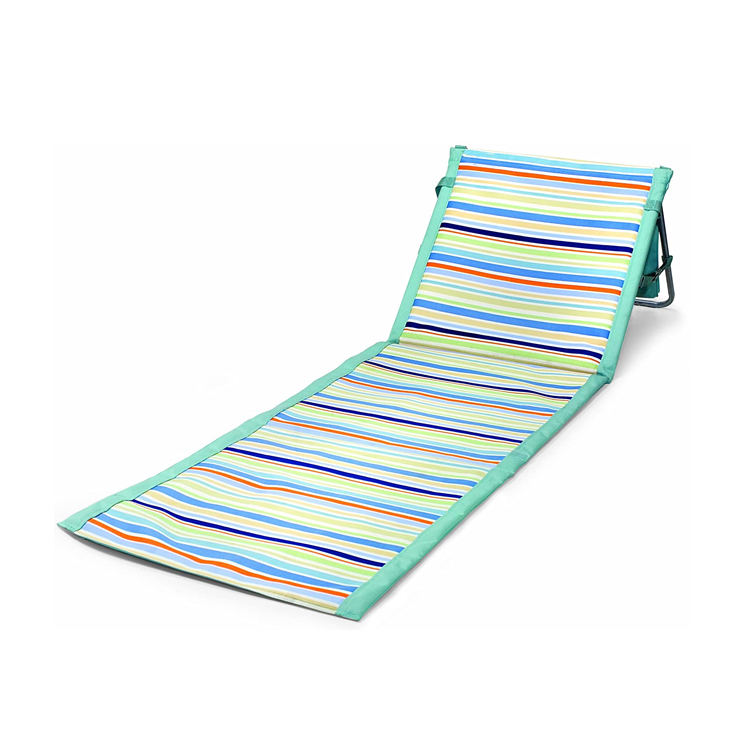
Jul . 29, 2024 21:57 Back to list
Choosing the Perfect Sleeping Bag for Your Next Outdoor Camping Adventure and Comfortable Nights
The Essential Guide to Choosing a Sleeping Bag for Outdoor Camping
When planning a camping trip, one of the most critical items on your gear list is the sleeping bag. A high-quality sleeping bag not only provides warmth and comfort but also plays an essential role in ensuring a good night’s sleep in the great outdoors. With a variety of options available, choosing the right sleeping bag can be daunting. Here’s a guide to help you select the perfect one for your outdoor camping adventures.
Understanding Sleeping Bag Types
Sleeping bags come in several types, primarily categorized by their shape and insulation material. The most common shapes are
1. Rectangular Sleeping Bags These are similar to a traditional comforter and offer ample room to move around. They are ideal for car camping but can be bulkier and heavier for backpacking.
2. Mummy Sleeping Bags Designed to hug your body, these bags are more thermally efficient due to the reduced space inside. They are lightweight and perfect for backpacking in colder conditions.
3. Semi-Rectangular Sleeping Bags A middle ground between rectangular and mummy bags, these provide some extra room while offering better insulation than a rectangular bag.
When it comes to insulation, you’ll encounter synthetic and down materials. Synthetic sleeping bags are made from polyester fibers and are generally more affordable, water-resistant, and easier to maintain. Down sleeping bags, made from bird feathers, are lightweight and compressible, providing excellent insulation, but they can lose their insulating power when wet.
Temperature Ratings
The temperature rating is a crucial factor to consider when purchasing a sleeping bag. Most bags are rated based on the lowest temperature at which they can keep a typical user comfortable. It’s essential to choose a bag that suits the season and conditions of your camping trip.
1. Summer Bags Typically rated for temperatures above 35°F (1.6°C), these are lightweight and ventilated.
sleeping bag outdoor camping

2. Three-Season Bags Suitable for most camping conditions, they typically have a temperature rating between 20°F (-6°C) and 35°F (1.6°C).
3. Winter Bags Rated for temperatures below 20°F (-6°C), these are insulated and designed to keep you warm in frigid conditions.
Consider the climates you will be camping in, as this will help you determine the most appropriate sleeping bag for your needs.
Size and Weight
If you are backpacking, the size and weight of your sleeping bag become crucial factors. A bulky bag can take up valuable space in your pack and add unnecessary weight. Look for lightweight options with good compressibility to make packing easier.
Most sleeping bags come in various lengths (regular, long, etc.), so select one that fits your height comfortably. Having the right fit is essential for maximizing warmth and comfort.
Additional Features
When shopping for a sleeping bag, take note of additional features that can enhance your camping experience. Look for bags with
- Draft collars and draft tubes These prevent cold air from seeping in through the zipper. - Hoods Mummy bags often come with hoods to keep your head warm. - Zipper quality High-quality zippers can prevent snagging and increase the bag's overall durability.
Conclusion
Choosing the right sleeping bag for your outdoor camping experience is vital to ensure comfort and warmth. By considering the type, temperature rating, size, weight, and additional features, you can make an informed decision that will enhance your camping adventures. Remember that a good night's sleep is essential for enjoying the beauty of nature during the day, so invest time in selecting the right sleeping bag that meets your specific needs. Happy camping!
-
Waterproof Camping Picnic Mat: Large, Lightweight Outdoor Mat
NewsAug.11,2025
-
Waterproof Folding Picnic Rug - XL, Portable Park & Beach Mat
NewsAug.10,2025
-
Baggu Picnic Blanket: Large, Waterproof Outdoor Mat for Picnics
NewsAug.09,2025
-
Baggu Picnic Blanket: Compact, Waterproof & Stylish
NewsAug.08,2025
-
Foldable Picnic Rugs: Portable, Waterproof, Stylish Designs
NewsAug.07,2025
-
Waterproof & Large Camping Picnic Mat for Outdoors
NewsAug.06,2025
